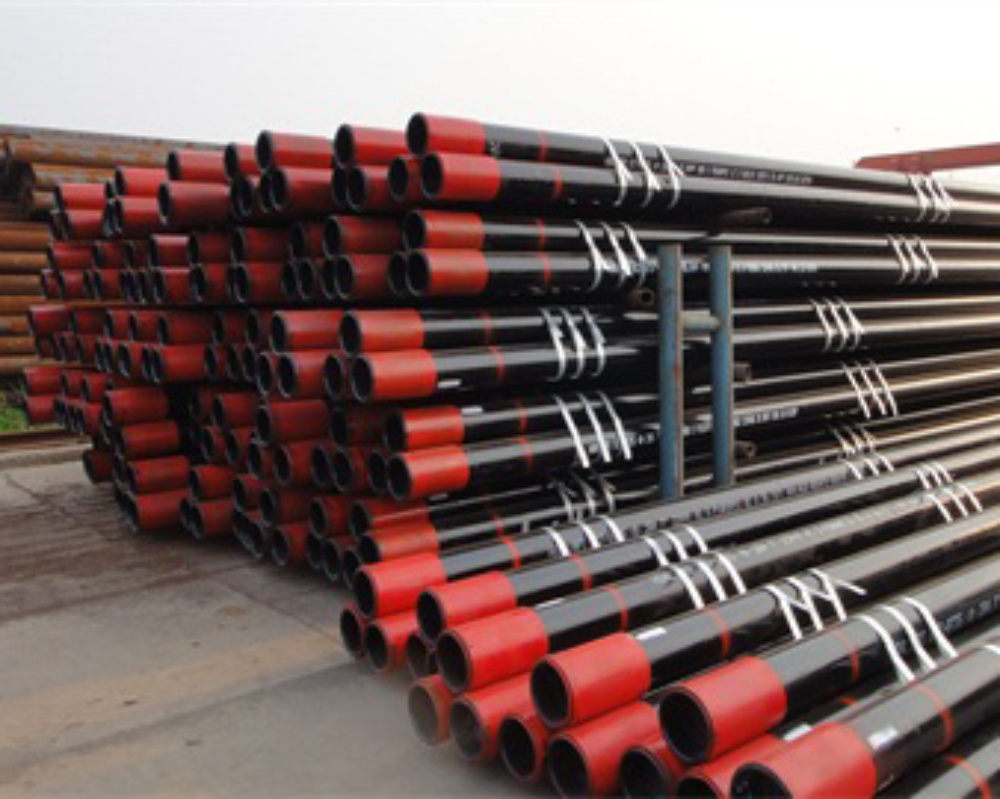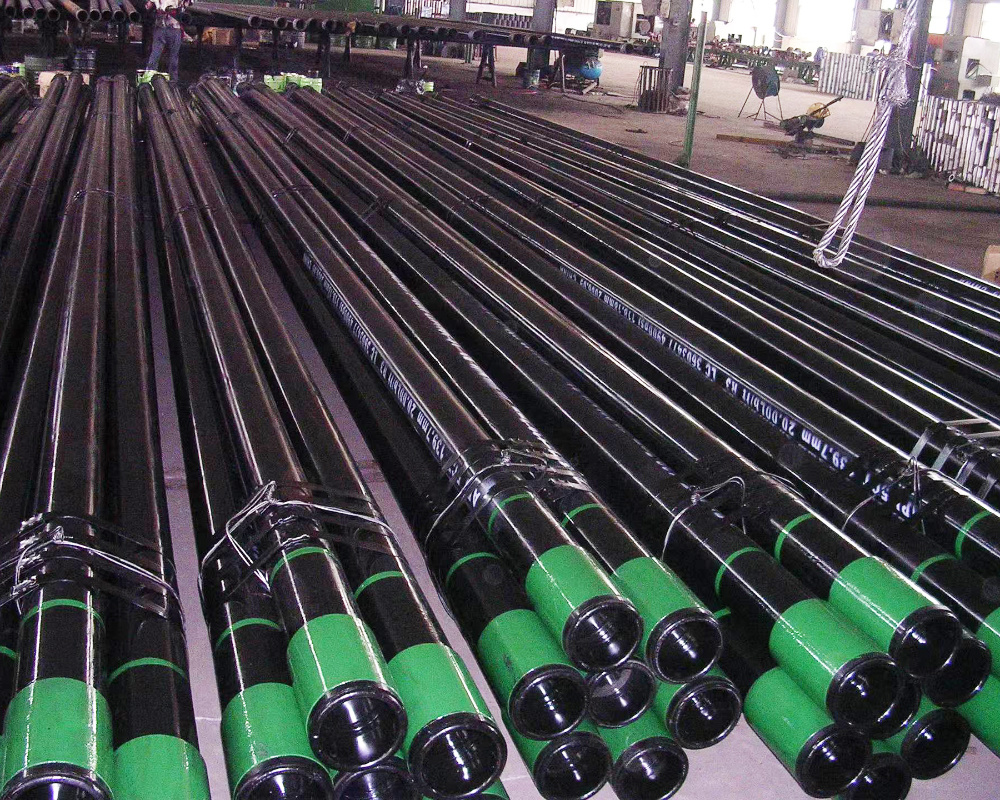The Essential Guide to Seamless Steel Pipes in Construction
Seamless steel pipes are a vital component in the construction and decorative materials industry, particularly when it comes to structural applications. Unlike welded pipes, seamless pipes are manufactured without any joints, which enhances their strength and reliability. This article will delve into the characteristics, benefits, and applications of seamless steel pipes, helping professionals und
Seamless steel pipes are a vital component in the construction and decorative materials industry, particularly when it comes to structural applications. Unlike welded pipes, seamless pipes are manufactured without any joints, which enhances their strength and reliability. This article will delve into the characteristics, benefits, and applications of seamless steel pipes, helping professionals understand their significance in construction.
One of the primary advantages of seamless steel pipes is their ability to withstand high pressure and temperature. The manufacturing process involves solid steel billets being heated and pierced to form a hollow tube. This method eliminates the weak points typically found in welded pipes, making seamless pipes particularly suitable for high-stress applications. As a result, they are commonly used in oil and gas transportation, power generation, and various structural components in buildings and bridges.
In addition to their strength, seamless steel pipes exhibit excellent corrosion resistance. Many manufacturers treat these pipes with protective coatings, which not only enhance their durability but also extend their service life. This attribute makes seamless pipes ideal for outdoor and marine applications, where exposure to harsh environmental conditions is a concern.
Seamless steel pipes also offer versatility in terms of size and thickness. They can be produced in various diameters and wall thicknesses, allowing for customization based on specific project requirements. This flexibility is particularly beneficial in construction, where different applications may demand various pipe specifications.
Another key feature of seamless steel pipes is their superior surface finish. The absence of seams results in a smoother surface, which reduces friction during fluid flow and improves overall performance. This quality is essential in applications such as water supply, where efficiency is critical.
Moreover, the production of seamless steel pipes adheres to strict quality standards, which ensure their reliability and safety in construction. Professionals in the industry can trust these products to meet regulatory requirements and perform effectively in demanding environments.
In summary, seamless steel pipes play an indispensable role in the construction and decorative materials industry. Their strength, durability, and versatility make them an ideal choice for a wide range of applications, from structural elements to fluid transportation systems. Understanding the benefits and characteristics of seamless steel pipes can help industry professionals make informed decisions when selecting materials for their projects. As the construction landscape continues to evolve, the demand for high-quality, reliable materials like seamless steel pipes will undoubtedly remain strong.
One of the primary advantages of seamless steel pipes is their ability to withstand high pressure and temperature. The manufacturing process involves solid steel billets being heated and pierced to form a hollow tube. This method eliminates the weak points typically found in welded pipes, making seamless pipes particularly suitable for high-stress applications. As a result, they are commonly used in oil and gas transportation, power generation, and various structural components in buildings and bridges.
In addition to their strength, seamless steel pipes exhibit excellent corrosion resistance. Many manufacturers treat these pipes with protective coatings, which not only enhance their durability but also extend their service life. This attribute makes seamless pipes ideal for outdoor and marine applications, where exposure to harsh environmental conditions is a concern.
Seamless steel pipes also offer versatility in terms of size and thickness. They can be produced in various diameters and wall thicknesses, allowing for customization based on specific project requirements. This flexibility is particularly beneficial in construction, where different applications may demand various pipe specifications.
Another key feature of seamless steel pipes is their superior surface finish. The absence of seams results in a smoother surface, which reduces friction during fluid flow and improves overall performance. This quality is essential in applications such as water supply, where efficiency is critical.
Moreover, the production of seamless steel pipes adheres to strict quality standards, which ensure their reliability and safety in construction. Professionals in the industry can trust these products to meet regulatory requirements and perform effectively in demanding environments.
In summary, seamless steel pipes play an indispensable role in the construction and decorative materials industry. Their strength, durability, and versatility make them an ideal choice for a wide range of applications, from structural elements to fluid transportation systems. Understanding the benefits and characteristics of seamless steel pipes can help industry professionals make informed decisions when selecting materials for their projects. As the construction landscape continues to evolve, the demand for high-quality, reliable materials like seamless steel pipes will undoubtedly remain strong.
TAG:
Previous
Related Posts
Understanding Carbon Steel Seamless Pipes: Essential Insights for Construction Professionals
Carbon steel seamless pipes are an integral component in the construction and decorative materials industry, particularly in the realm of building pipes. These pipes are manufactured without seams, which makes them highly durable and reliable for various applications. Understanding their properties, advantages, and applications can greatly enhance decision-making for professionals in the field.
On









